Description
Incompressible Flow, Fourth Edition is the updated and revised edition of Ronald Panton’s classic text. It continues a respected tradition of providing the most comprehensive coverage of the subject in an exceptionally clear, unified, and carefully paced introduction to advanced concepts in fluid mechanics. Beginning with basic principles, this Fourth Edition patiently develops the math and physics leading to major theories. Throughout, the book provides a unified presentation of physics, mathematics, and engineering applications, liberally supplemented with helpful exercises and example problems.
Revised to reflect students’ ready access to mathematical computer programs that have advanced features and are easy to use, Incompressible Flow, Fourth Edition includes:
- Several more exact solutions of the Navier-Stokes equations
- Classic-style Fortran programs for the Hiemenz flow, the Psi-Omega method for entrance flow, and the laminar boundary layer program, all revised into MATLAB
- A new discussion of the global vorticity boundary restriction
- A revised vorticity dynamics chapter with new examples, including the ring line vortex and the Fraenkel-Norbury vortex solutions
- A discussion of the different behaviors that occur in subsonic and supersonic steady flows
- Additional emphasis on composite asymptotic expansions
Incompressible Flow, Fourth Edition is the ideal coursebook for classes in fluid dynamics offered in mechanical, aerospace, and chemical engineering programs.
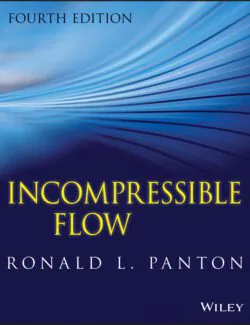
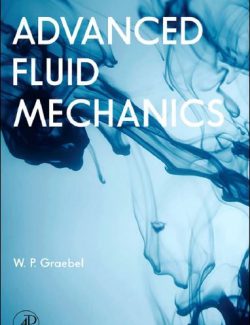

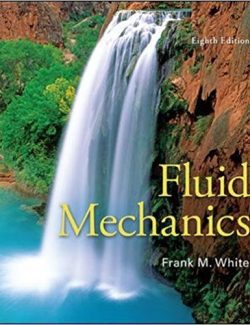
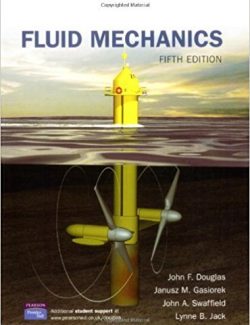
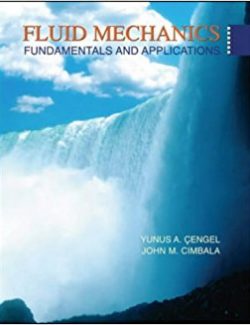
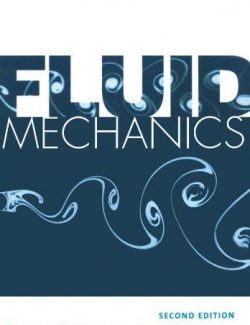
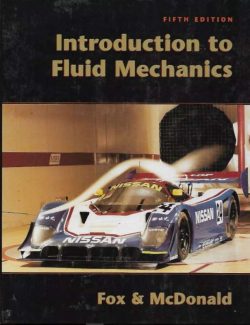

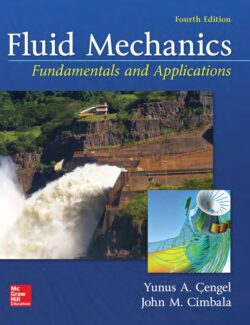

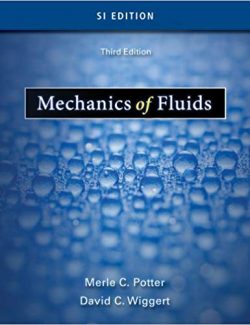
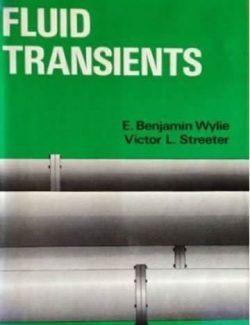
Leave us a comment
No Comments